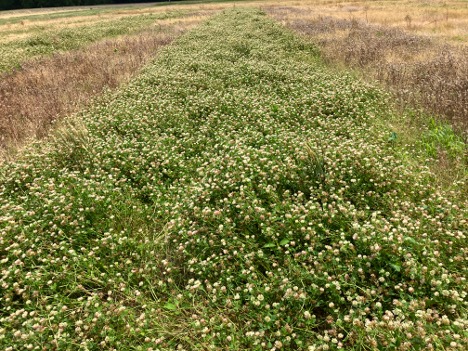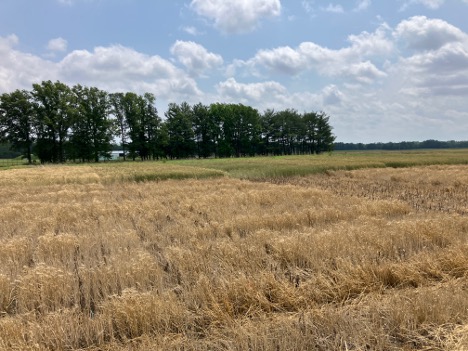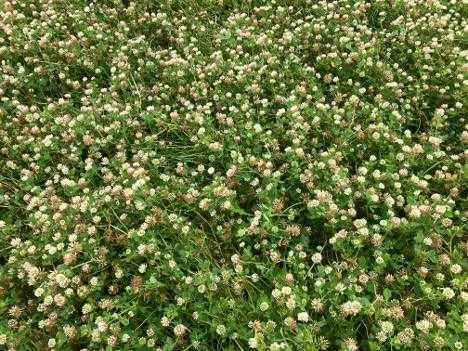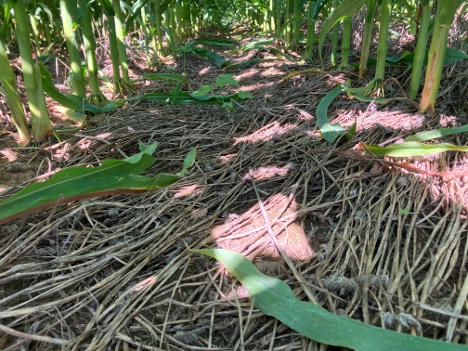With more Illinois farmers integrating cover crops into their corn and soybean rotations, one question continues to surface: how much does planting date really matter?
According to Illinois Extension specialists Nathan Johanning, Talon Becker, and Dane Hunter, the answer is clear, planting date has a major influence on cover crop performance, biomass, and in some cases, soybean yield. Their multi-location study, funded by the Illinois Soybean Association checkoff program, focused on cereal rye and clover species across the state and aimed to fine-tune regional recommendations for cover crop timing.
In no-till soybean systems following corn, cereal rye was drilled at early, mid, and late dates between late September and mid-November. Across all sites, early and mid-planting dates consistently produced more biomass than later planting, even when using lower seeding rates. That means farmers can save on seed costs by planting early and still achieve strong cover performance.
However, researchers also noted that higher biomass levels from the earliest planting occasionally reduced soybean yields at some locations. This was especially true where vole pressure or delayed termination occurred. Yield responses varied by site, but in general, early termination (2–3 weeks before planting) was more favorable for soybean yield than terminating rye at planting.
In corn systems following soybeans, balansa and crimson clover were planted at staggered fall dates. Across all sites, early and mid-planting dates produced more clover biomass than late planting, reinforcing the value of getting seed in the ground before late October.
Performance of the two clover species varied by location. For example:
- Balansa clover performed better in wet, poorly drained soils like Belleville.
- Crimson clover excelled in well-drained soils such as those at the Orr Center.
- Both species performed similarly at Urbana with modest biomass production.
Despite the differences in growth, clover cover crops had no measurable effect on corn stand or yield, even when terminated at planting. These findings align with results from 2023, reinforcing that clovers can be a viable option before corn without negatively impacting performance.
What It Means for Illinois Farmers:
- Early fall planting boosts cover crop growth, but may not always translate to yield benefits, especially in soybeans.
- Lower seeding rates work well when planting early, saving costs without compromising biomass.
- Termination timing matters—early termination is generally more favorable for soybean stand and yield.
- Clover before corn is low-risk—no yield impact was observed, and species selection should be guided by soil conditions.
With variability in weather, soil types, and pest pressure across the state, this research emphasizes the need for flexible, site-specific management. Farmers exploring cover crop systems can use these findings to better time their planting and termination strategies for both soil benefits and crop performance.
For the latest updates regarding this project, visit Field Advisor’s Research Hub.






 and then
and then